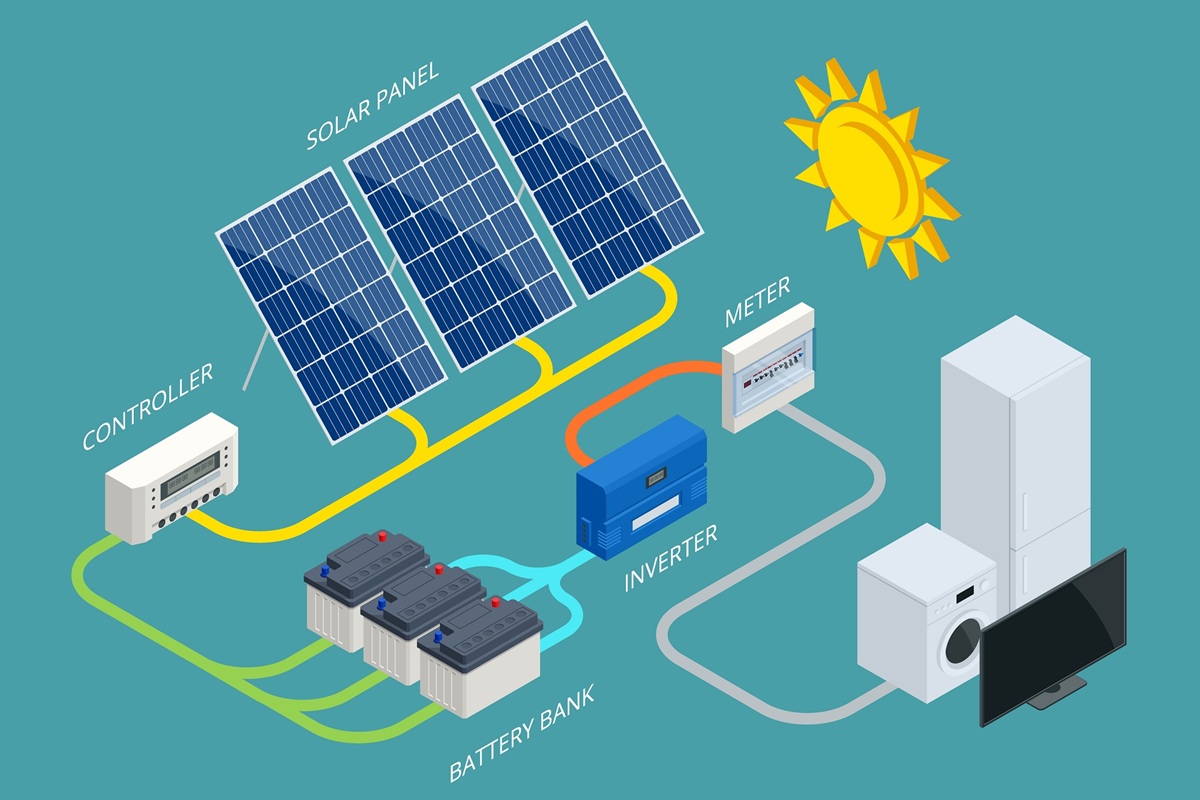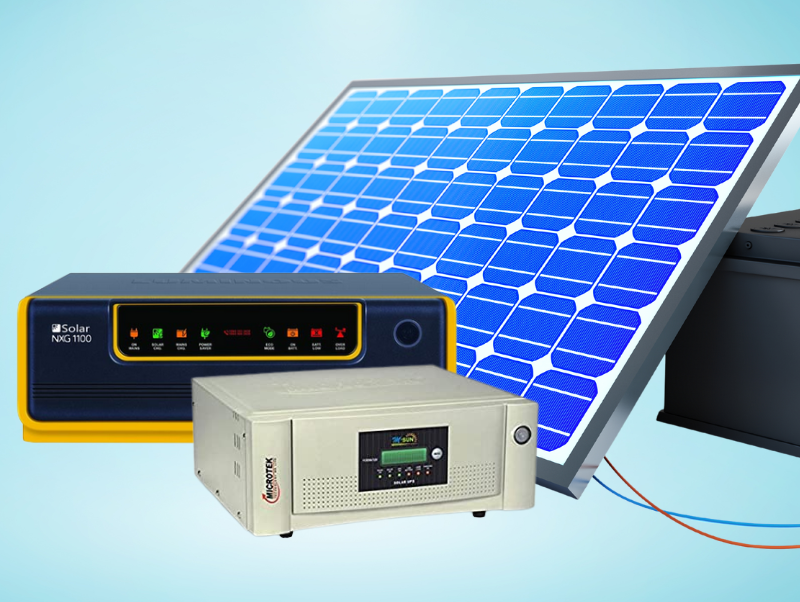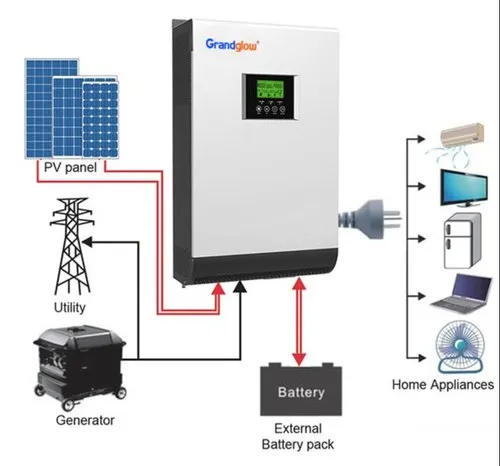Understanding Solar Power: How Solar Works
Solar power is one of the most sustainable and renewable energy sources available today. It involves harnessing the energy from the sun and converting it into electricity or heat that can be used in homes, businesses, and industries. As the world shifts towards greener energy alternatives, solar power is playing an increasingly important role in reducing reliance on fossil fuels and combating climate change.
How Solar Power Works
Solar power systems work by capturing sunlight using solar panels, which consist of photovoltaic (PV) cells. These cells convert sunlight directly into electricity through the photovoltaic effect. Here’s a simplified breakdown of the process.
1. Solar Panels
Solar panels are made up of many individual solar cells (typically made from silicon), which capture sunlight.
2. Photovoltaic Cells:
When sunlight hits these cells, it excites electrons, causing them to flow and generate direct current (DC) electricity.
3. Inverter
The electricity produced by solar cells is in DC form, but most homes and businesses use alternating current (AC) electricity. Therefore, the system includes an inverter to convert DC electricity into AC, making it usable for everyday appliances.
4. Battery Storage (Optional)
Some solar power systems have batteries to store excess electricity generated during the day for use at night or on cloudy days.

Solar energy is the most abundant, sustainable, and clean energy source we have. It’s time to embrace it.
Arnold Schwarzenegger – Quote
Advantages of Solar Power
1. Renewable and Abundant:
Solar power is a renewable energy source, meaning the sun provides a continuous supply of energy. As long as the sun shines, we can harness its power, making solar energy a sustainable option for the long term.
2. Environmentally Friendly:
Solar power is clean and does not produce harmful emissions or pollutants like traditional fossil fuels. By using solar energy, we help reduce the carbon footprint and fight climate change.
2. Reduces Electricity Bills:
Installing solar panels allows you to generate your own electricity, which can significantly lower or eliminate your electricity bills, especially with a properly sized system that meets your energy needs.
3. Low maintenance:
Once installed, solar panels require minimal maintenance. The system typically lasts for decades, with regular cleaning and occasional checks to ensure efficiency.
3. Energy Independence:
Solar power allows homeowners and businesses to reduce their dependence on the grid, providing greater energy independence and resilience to power outages.


The Future of Solar Power
The future of solar power looks promising, with rapid advancements in technology making it more efficient, affordable, and accessible.
1. Improved Efficiency:
Research into new materials and technologies, such as perovskite solar cells, is improving the efficiency of solar panels. These advancements could lead to solar panels that capture more energy from the sun.
2. Energy Storage:
As battery technology continues to improve, storing solar energy for later use is becoming more effective and cost-efficient. This will help solar power become a more reliable source of energy, even during cloudy days or at night.
3. Global Adoption:
As the cost of solar technology decreases, more regions around the world are adopting solar energy solutions. With government incentives and decreasing costs of installation, solar energy is expected to become even more widespread.
4. Integration with Other Technologies:
Solar power is increasingly being integrated into other technologies, such as electric vehicles (EVs) and smart grids. This integration allows for a more seamless and efficient energy ecosystem.
Conclusion
Solar power is a powerful, sustainable, and clean energy source that has the potential to revolutionize the way we generate and consume electricity. Its ability to reduce energy costs, minimize environmental impact, and provide energy independence makes it an essential part of the global transition to renewable energy. With continued advancements in technology and a growing global commitment to reducing carbon emissions, the future of solar power is bright.
You want to know more? Send Us a message. CLICK HERE!





